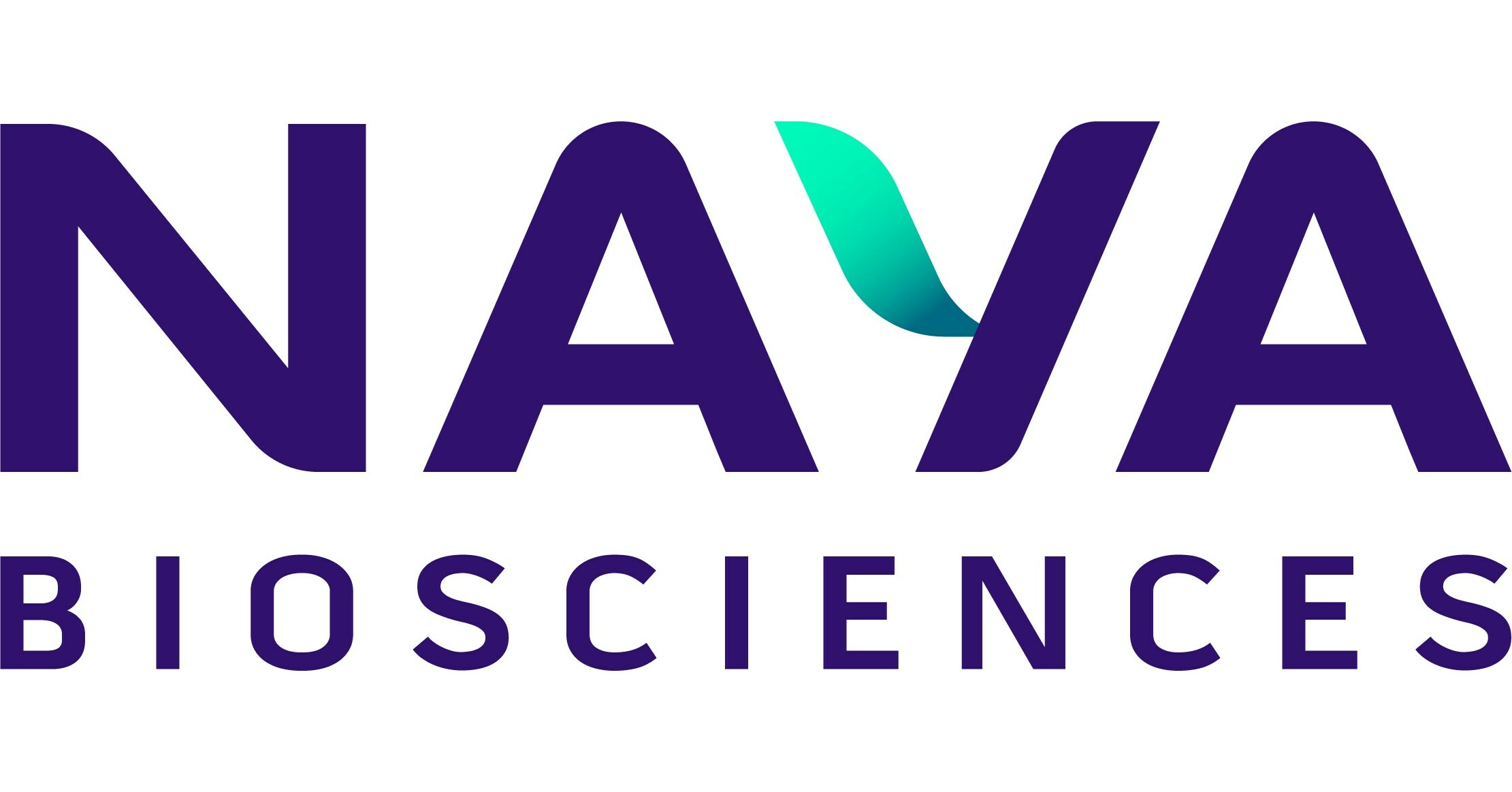“Baby Eyesight Issues? A Parent’s Guide to Early Signs and Solutions”
As a parent, your baby’s health and well-being are your top priorities. From their first smile to their first steps, every milestone is a reason to celebrate. But what happens when you notice something unusual about your baby’s eyesight? Maybe they aren’t tracking objects like other infants, or their eyes appear to cross or wander. It’s natural to feel concerned, but the good news is that many eyesight problems in babies can be treated or managed effectively with early intervention.
This article dives into common eyesight issues in babies, signs to watch for, and what steps to take if you suspect your little one has a vision problem. Let’s shed some light on how to ensure your baby’s eyes are as healthy as possible.
Understanding Your Baby’s Vision Development
Babies aren’t born with fully developed eyesight—it’s a skill they acquire gradually. At birth, their vision is blurry, and they can only focus on objects about 8–10 inches away. Over the first year, their visual skills—like depth perception, color recognition, and tracking—develop rapidly.
Key Vision Milestones
• Birth to 1 Month: Babies can see high-contrast patterns and focus on faces.
• 2 to 3 Months: They start tracking moving objects and smiling in response to visual stimuli.
• 4 to 6 Months: Eye coordination improves, and they can focus on objects at varying distances.
• 7 to 12 Months: They develop depth perception and hand-eye coordination, which helps them grab and explore objects.
If your baby seems to lag behind these milestones or shows signs of visual issues, it’s important to address your concerns early.
Common Eyesight Problems in Babies
While it’s rare for babies to be born with severe vision problems, certain conditions can affect their eyesight. Here are some of the most common issues:
1. Strabismus (Crossed Eyes)
Strabismus occurs when the eyes don’t align properly, causing one or both eyes to turn inward, outward, upward, or downward. It’s relatively common in infants and may resolve naturally as their eye muscles strengthen. However, if it persists beyond 4–6 months, medical evaluation is essential.
2. Amblyopia (Lazy Eye)
Amblyopia occurs when one eye doesn’t develop proper vision, often due to strabismus, unequal refractive errors, or other conditions. The brain favors the stronger eye, which can lead to permanent vision loss in the weaker eye if untreated.
3. Congenital Cataracts
Cataracts in babies are rare but can occur due to genetic conditions, infections during pregnancy, or metabolic disorders. A cataract appears as a cloudy area in the eye’s lens and can block light, impairing vision.
4. Refractive Errors
Conditions like nearsightedness (myopia), farsightedness (hyperopia), or astigmatism can also affect babies. While mild refractive errors may not require immediate treatment, severe cases can impact vision development.
5. Retinopathy of Prematurity (ROP)
ROP primarily affects premature babies whose eyes didn’t fully develop in the womb. It occurs when abnormal blood vessels grow in the retina, potentially leading to retinal detachment and vision loss.
6. Nystagmus
Nystagmus is an involuntary, repetitive movement of the eyes, often described as “shaky eyes.” It can be a sign of underlying neurological or eye conditions and may affect focus and vision clarity.
Signs of Eyesight Problems in Babies
It’s not always easy to spot vision issues in infants, but certain behaviors can indicate a problem. Keep an eye out for these signs:
• Difficulty Tracking: Your baby doesn’t follow moving objects with their eyes after 3 months.
• Misaligned Eyes: One or both eyes consistently appear crossed or wander.
• Light Sensitivity: Excessive squinting, blinking, or discomfort in bright light.
• Cloudy or White Pupils: This can indicate cataracts or other serious issues.
• Constant Eye Rubbing: While occasional rubbing is normal, persistent rubbing may signal discomfort or poor vision.
• Delayed Milestones: Difficulty reaching for objects or lack of interest in visual stimuli.
• Abnormal Eye Movements: Rapid, jerky, or shaky eye movements.
If you notice any of these signs, consult your pediatrician or an eye specialist promptly.
What to Do if You Suspect a Problem
Early detection is crucial when it comes to your baby’s eyesight. Here’s a step-by-step guide on what to do if you suspect an issue:
1. Schedule a Vision Screening
The American Academy of Pediatrics (AAP) recommends routine vision screenings during well-baby checkups. These screenings can help identify potential issues early. If your pediatrician suspects a problem, they may refer you to a pediatric ophthalmologist for a more detailed evaluation.
2. Don’t Delay Treatment
Many vision problems in babies can be corrected or managed effectively if addressed early. For example:
• Strabismus may be treated with glasses, patches, or surgery.
• Amblyopia often improves with patching or vision therapy.
• Cataracts may require surgery to prevent permanent vision loss.
3. Create a Stimulating Environment
Encourage visual development by exposing your baby to high-contrast patterns, colorful toys, and activities that promote eye-hand coordination. Simple games like peekaboo and tracking toys can work wonders.
How to Support Healthy Vision Development
Even if your baby’s eyes appear healthy, there are steps you can take to promote optimal vision development:
1. Provide Plenty of Visual Stimulation
Offer age-appropriate toys with bright colors, patterns, and textures. Place toys at varying distances to encourage focus and tracking.
2. Ensure Proper Lighting
Make sure your baby’s play and sleep areas are well-lit. Natural light is especially beneficial for eye health.
3. Limit Screen Time
The AAP advises avoiding screen exposure for children under 18 months, except for video calls. Excessive screen time can strain developing eyes.
4. Protect Against Injuries
Babies are curious explorers, which can lead to accidental eye injuries. Keep sharp objects, chemicals, and small toys out of reach.
When to See a Specialist
Most babies will experience normal vision development without issues, but you should seek professional advice if:
• Your baby fails to meet key vision milestones.
• Their eyes appear misaligned after 4–6 months.
• You notice unusual eye movements or appearances (e.g., white pupils).
• You have a family history of serious eye conditions.
A pediatric ophthalmologist is trained to diagnose and treat eye problems in infants and young children, ensuring your baby gets the best care possible.
Final Thoughts
As a parent, noticing potential eyesight problems in your baby can be stressful, but early detection and treatment can make a world of difference. Pay attention to your baby’s vision milestones, watch for warning signs, and don’t hesitate to seek professional guidance if needed.
Remember, your baby’s vision is still developing in their first year, and many issues can be corrected with the right care. By staying informed and proactive, you’re giving your little one the best start for a lifetime of healthy vision.
#BabyEyeHealth #VisionMilestones #HealthyVision #ParentingTips #EyeSightProblems #BabyCare #VisionDevelopment #EarlyIntervention #ParentingJourney











